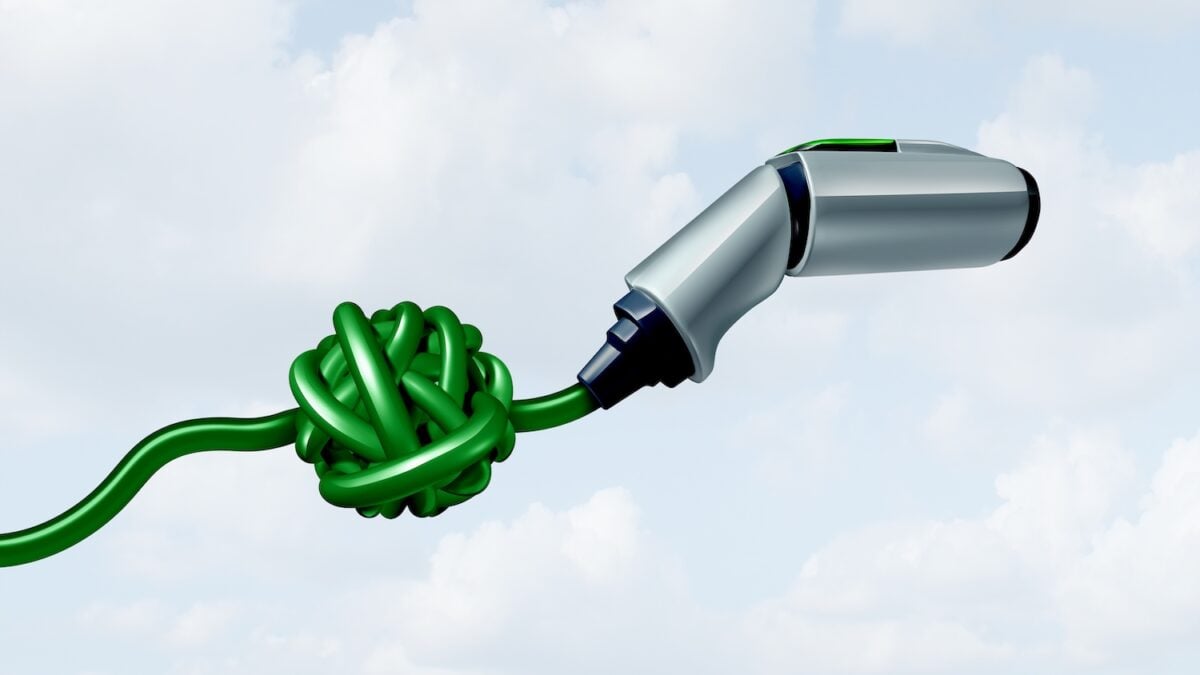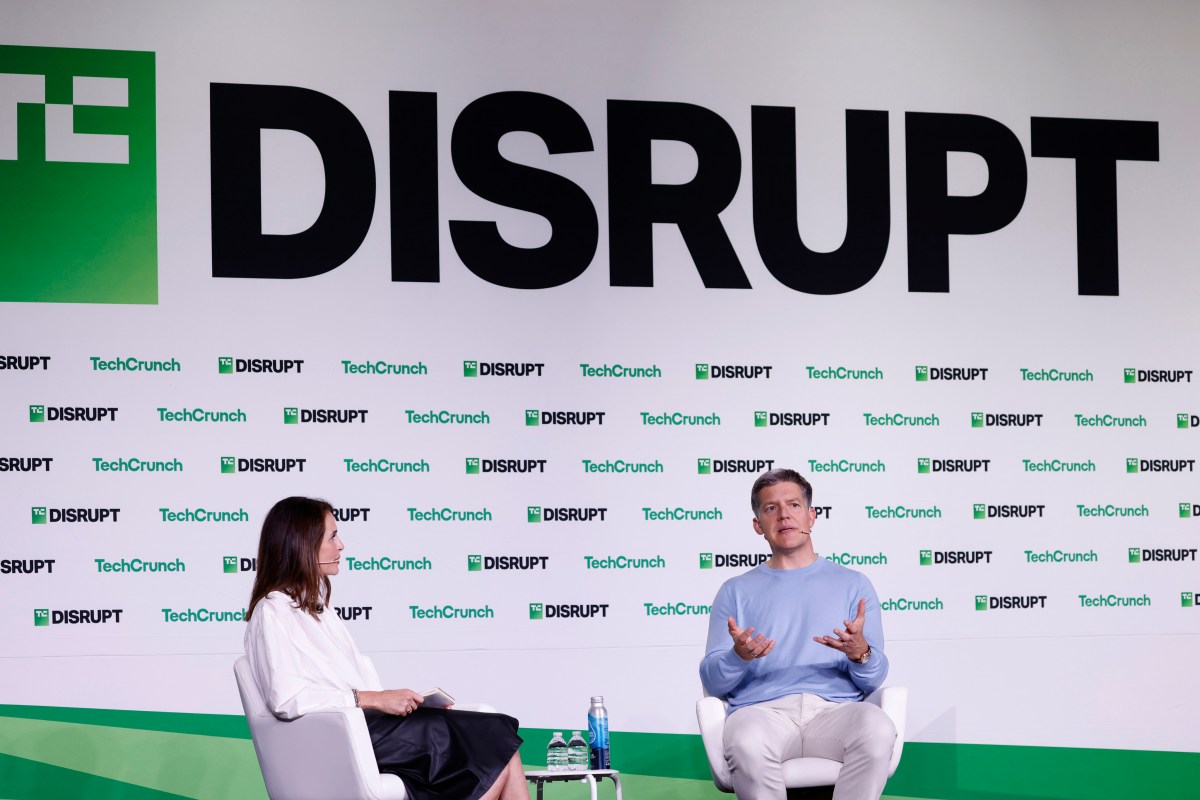The Rise of Dongle Hell: EVs’ Switch to Tesla’s Charging Ports

Introduction to a New Era of EVs
Much like the controversy surrounding Apple’s removal of the headphone jack on the iPhone 7, the latest electric vehicles’ adoption of Tesla’s charging ports has ushered the world into a new era of complexity, often referred to as "dongle hell." The 2026 models of various electric vehicles, including the Lucid Gravity, Rivian R1S and R1T, and Hyundai Ioniq 5, are now equipped with Tesla’s charging connector, allowing for seamless integration with its Supercharger network.
The Inevitable Need for Adapters
However, this transition to Tesla’s North American Charging Standard (NACS) means that every plug at public charging stations, such as those operated by ChargePoint, Electrify America, EVgo, and others outside the Supercharger network, will require an adapter. Even home chargers will need an additional piece of equipment to be compatible with the new EVs. This shift is reminiscent of Apple’s "courageous" move to Bluetooth connectivity from wired headphones, which also required users to adapt to new technology.
The Current State of Charging Infrastructure
Until now, only Tesla EVs, including the Model S, 3, X, Y, and Cybertruck, needed an adapter to work at charging stations outside the Supercharger network. However, with the growing number of EVs on the road, approximately 4 million in America as of 2024, the need for adapters is becoming increasingly prevalent. A Hyundai spokesperson confirmed that their vehicles come with two adapters, while Lucid’s new Gravity SUV will also include adapters for AC and DC charging. Rivian’s 2026 models will feature a J1772 adapter for Level 2 charging, and its Quad Launch Editions will have a CCS Combo 1 DC fast adapter, adding to the complexity.
General Motors’ Stance on the Issue
General Motors, the parent company of Cadillac, addressed the upcoming adapter situation in a summer blog post, stating that the coexistence of both charging standards will create complications. The 2026 Cadillac Optiq will be the first GM EV to transition to NACS. While Tesla’s Supercharger network is expanding, with 7,753 stations and 73,817 individual connectors, home chargers and older network plugs will not be compatible with the newest EVs.
Electrify America’s Commitment to NACS
An Electrify America spokesperson expressed the company’s commitment to supporting the future of the NACS connector. They are currently testing NACS charging at stations in Florida and Connecticut to gather insights into the customer experience and data on the hardware.
ChargePoint’s Solution: The Omni Port
ChargePoint has taken a proactive approach to address the issue by introducing the Omni Port, a new charging station design that incorporates the adapter into the station itself. This allows drivers to select the type of EV they are charging, eliminating the need for individual adapters. The Omni Port will be a standard feature on new stations, while older stations can be retrofitted with a conversion kit. This move is seen as "future-proofing" by ChargePoint’s senior director of marketing, Rob Newton, ensuring that new EV owners can continue to use non-Tesla charging stations.
Conclusion
The shift to Tesla’s charging system is underway, with nearly every automaker announcing their adoption of the NACS. As the EV market continues to grow, the need for adapters and innovative solutions like the Omni Port will become increasingly important. The next few years will require endurance and adaptability as the industry navigates this transition, but the end goal of a more streamlined and efficient charging experience is on the horizon.
[ad_2]Source Link





